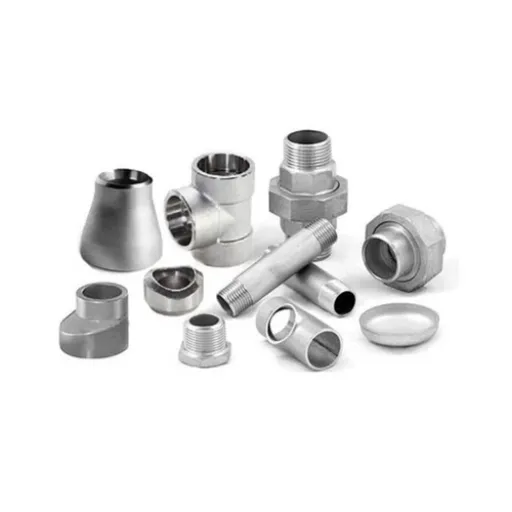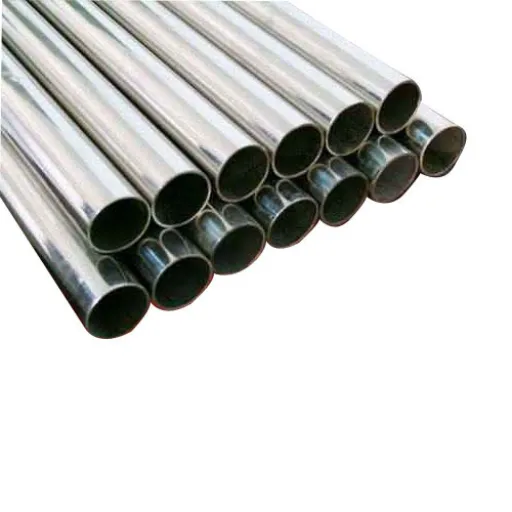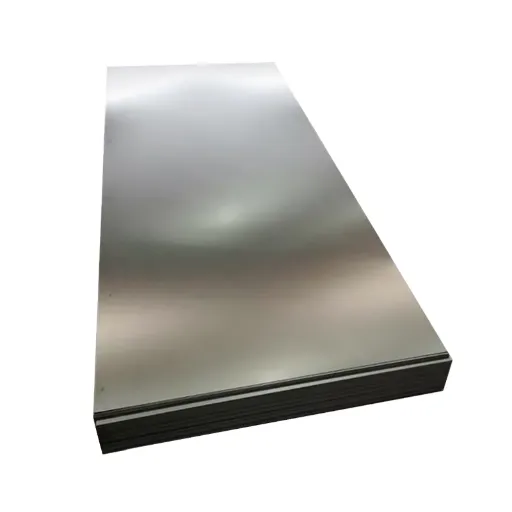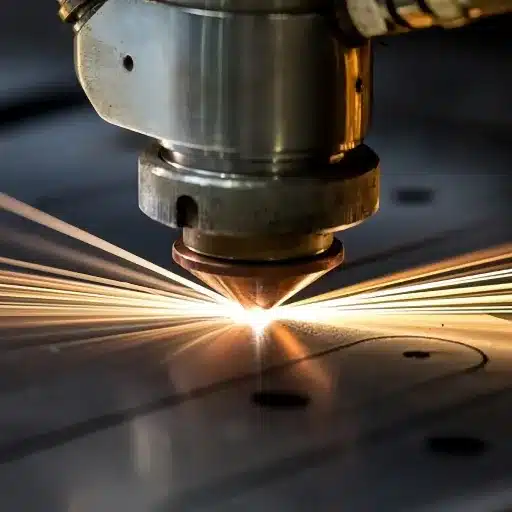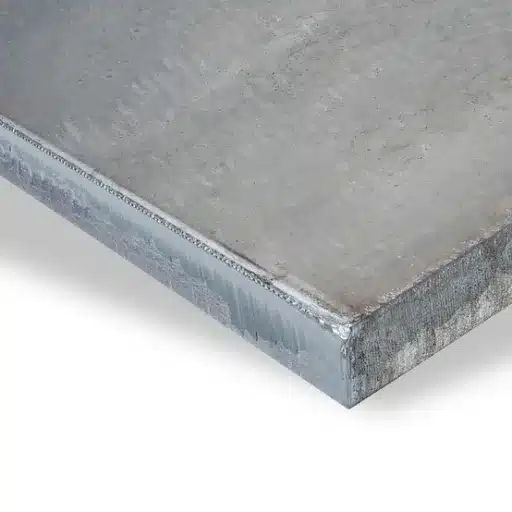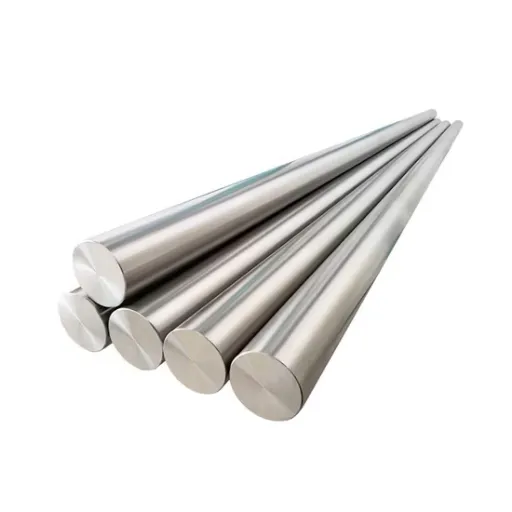Stainless steel forging is a method that is very important in various industries, like automotive and aerospace, because of its great properties such as very high strength, long life, and resistance to rust and other environmental factors. The guide goes into great detail about the subject and discusses the science and the art of forging stainless steel, revealing the techniques, the advantages, and the applications of this material that is so different from others. A manufacturing professional, an engineer, or someone who is just interested in the whole process will find this article a good source of information regarding the reasons why stainless steel forging is a crucial method for obtaining high-standard parts. Keep reading to learn the basic ideas and the benefits that this process brings about and that are mainly responsible for its being an excellent choice in today’s manufacturing.
Introduction to Stainless Steel Forging
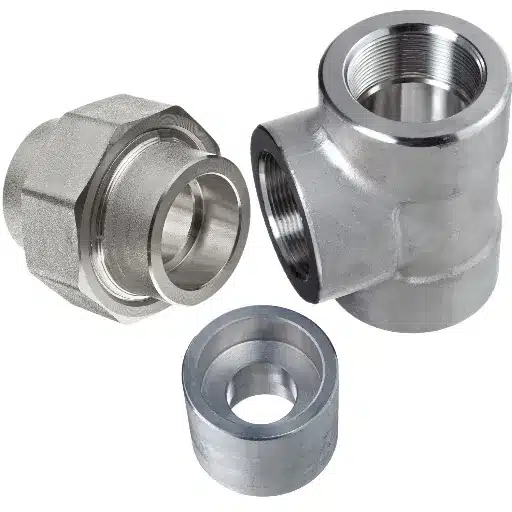
What is Forged Stainless Steel?
Forged stainless steel is stainless steel that has gone through the forging process, a manufacturing technique that involves the application of compressive forces to both shape and enhance the material. The enhancement of the structural integrity and the mechanical properties of the stainless steel by this process makes it less susceptible to being stressed and impacted. Stainless steel is primarily iron, chromium (at least 10.5%), and other alloying elements such as nickel and molybdenum, which give it its corrosion resistance and strength.
The forging process sees the stainless steel heated to a particular high temperature, which allows the material to be shaped without any splitting or the damage of the material’s molecular structure. This technique aligns the grain structure, cuts down internal voids and imperfections, hence increasing tensile strength and fatigue resistance. The particular kind of forging method is dependent on the application, and among the common ones are open-die forging, closed-die forging, and seamless rolled ring forging.
History of Stainless Steel Forging
The history of stainless steel forging is traced back to the first years of the last century when the process of stainless steel creation was still in its infancy. The invention of stainless steel is attributed to a British metallurgist, Harry Brearley, who discovered it in 1913 by chromium’s addition to steel, which provided the material with its non-corrosive property. This breakthrough invention was the beginning of the use of stainless steel in forging processes that combined strength, durability, and oxidation resistance.
Stainless steel forging was first recognized during World War I and World War II, when the Industries needed tough materials for weapons, military vehicles, and critical infrastructure. By the 1950s, the development of forging techniques made it possible to supply high-strength stainless steel parts to the aerospace and energy sectors, which were then rapidly growing. Further, the introduction of high-temperature forging processes and different alloys greatly complemented and expanded its usage sectors.
Manufacturing Process of Forged Stainless Steel
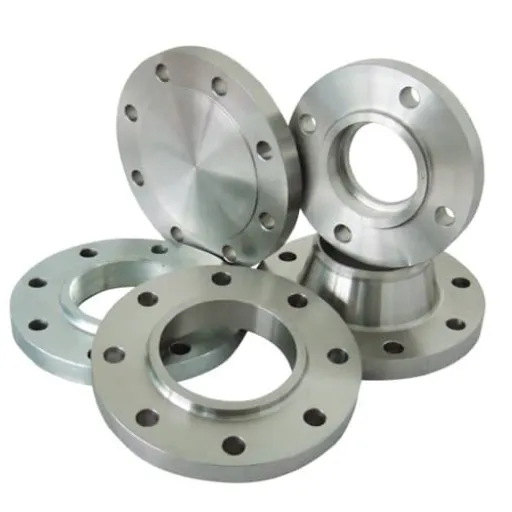
Forging Process Overview
Forging, in general, is a process that includes a press or hammer, which is applied to the material, and the application of heat to the stainless-steel forging to improve its mechanical properties, durability, and consistency. The process starts by heating the stainless-steel to very high temperatures, usually around 1900°F to 2300°F (1037°C to 1260°C), but the exact temperature will depend on the alloy. Then the material is pressed or hammered or rolled to the required shape and dimensions while keeping the structure intact.
New technologies have come up which give more precise and efficient forging methods such as closed-die forging and isothermal forging among others. Based on the industry data, closed-die forging is mostly used because it can produce intricate shapes with very little material loss and has a tolerance of ±0.5% maximum. In contrast, isothermal forging keeps the temperature constant throughout the process thus giving lower variability and less stress left in the end product.
Main Stainless Steel Forging Techniques
Open-Die Forging
In this method, the stainless steel is shaped between flat or contoured dies without total sealing of the metal, thus it is known as open-die forge. It is the method of choice for large and custom-shaped parts production, for instance, turbine shafts or pressure vessel components. Open-die forging helps in the grain refinement and mechanical properties enhancement. Research findings indicate that the fatigue resistance of stainless steel open-die forged is improved by 30% compared to the cast or machined parts.
Closed-Die Forging
Impression-die forging or closed-die forging is another name for this process, which utilizes precision-engineered dies to execute the production of parts that are very intricate and detailed with very little material wastage. It is a method frequently adopted by the automotive and aerospace industries for creating parts such as gears, valve bodies, and jet engine components. Recent research shows that closed-die forging can reach material utilization rates that exceed 90%, thus ranking this method as one of the most efficient among the forging techniques available.
Cold Forging
Cold forging is taking place at room temperature and it is very suitable for the production of small but high-strength components. Although cold forging demands more pressure, it yields parts having outstanding surface quality and having very close dimensional tolerances. Statistics say that cold-forged stainless steel parts have a tensile strength up to 40% higher than hot-forged ones.
Benefits of Forged Stainless Steel
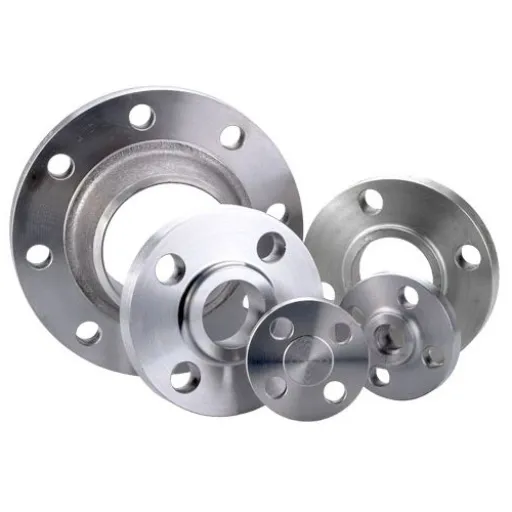
Magnificent Strength and Durability
Forged stainless steel is much stronger and much more durable compared to other rivals and thus, it gets recognized as the best material for tough industrial applications. The most significant compression and reinforcement are imposed on the metal during the forging process, resulting in the revolutionized grain structure and no internal voids or weaknesses. The end product is therefore, by all means, stronger and more reliable than the parts made through casting or machining.
New studies reveal that the forged stainless steel parts have a fatigue resistance of 20-30% higher at most, compared to the cast ones. A critical influence of this strength advantage can be seen in the aerospace, automotive, and construction industries where high and sometimes harsh stress and environmental conditions are already the cause of materials’ failure. Moreover, the very qualities of forged stainless steel that render it durable, lead also to its superior wear resistance over other materials, thus prolonging the life of the components and lessening the costs of their maintenance.
Resistance to Corrosion Properties
Exceptional resistance to corrosion is one of the most impressive features of forged stainless steel, which is why it is often chosen for applications in very harsh and demanding environments. Stainless steel’s capacity to be rustproof and to endure chemical exposure is largely attributable to the presence of chromium, which as a result of its oxidation forms a passive oxide layer on the surface that prevents further oxidation. This property is especially important in the industries of, e.g., the marine sector: saltwater and corrosive substances are the materials’ regular enemies in the chemical, food production, and many more.
Just to mention, the stainless steel grades like 304 and 316 are the one most often used for their anti-corrosion properties. The latter among the two is very special since it is produced with the addition of 2-3% more molybdenum that makes it so much stronger against chlorides and acids even that it is already in an offshore platform or a desalination plant. Studies claim that 316 stainless steel in chloride-containing environments is 60% less likely to suffer from pitting corrosion than other stainless steels.
Applications in Industry
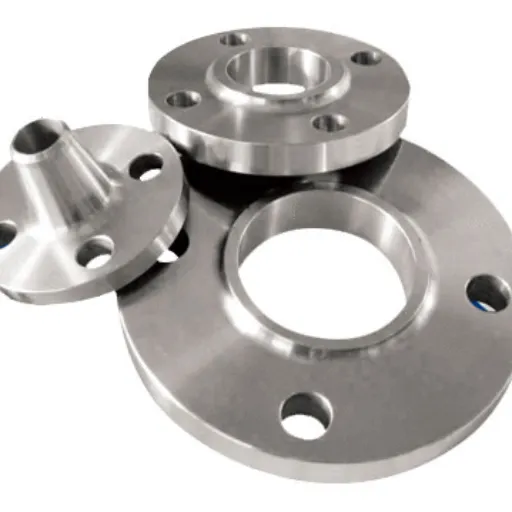
The Basic Elements of Forged Stainless Steel in Construction
Forged steel that is stainless has been the most important element of the construction industry for a long time and still continues to be so, thanks to its durability, strength, and resistance to rust. All these characteristics make it suitable for the long-term use of the structures like buildings bridges, and tunnels that need to be intact over a long time. The process of forging leads to the formation of a material that has a tighter and more even grain structure, which gives it better mechanical properties than cast stainless steel. For instance, it has been shown in studies that the tensile strength of the forged stainless steel may be up to 30% higher than the cast, and this is one of the reasons behind the resilience of the forged stainless steel in high-stress applications.
Furthermore, the stainless steel which has undergone the forging process is incorporated into certain construction applications along with the use of it in the structural parts that can carry the load, beams, connectors, foundation supports, and anchoring systems. Its ability to endure high temperatures along with pressure makes it a perfect material for the modern design of buildings that not only ask for performance but also for aesthetic appeal. The recent and continuous reports from the industry indicate that there has been an uninterrupted demand for the forged stainless steel of around 5% in the infrastructure projects every year directly driven by urbanization and big development projects happening all around the globe.
Use in Automotive and Aerospace Industries
Stainless steel that has been forged is still necessary in the automotive and aerospace sectors, where it is a question of strength, durability, and precision. The car manufacturers use the forged stainless steel to make the parts such as crankshafts, gears, and suspension that would overstress the vehicles and would also be ruined by the tough conditions. In addition, the latest technology that has been developed over the years has increasingly concentrated not only on reducing the overall weight but also on the strength of the material, which in turn, improves the fuel efficiency and reduces the carbon emissions—this latter being a concern as the industry moves towards more eco-friendly solutions. The also predictions of the market are that the global forged steel automotive industry will expand with a CAGR of around 4.2% throughout 2023 to 2030, driven by the rapid development of electric vehicle (EV) production.
In the same manner, forged stainless steel is a must-have material for the aerospace industry when it comes to making the engine components of the turbine aircraft, landing gear, and aircraft structural parts. The said parts are required to have not only fantastic robustness but also precision since they will be subjected to worse conditions of extreme pressure and heat. The global aerospace forging market is foreseen to increase and thus the experts are estimating an influx of 7.1% between the years 2023 and 2030, as air travel will eventually get back to normal before the pandemic level and the demand for aircraft components that are lighter will be steadily rising.
Comparison with Other Materials
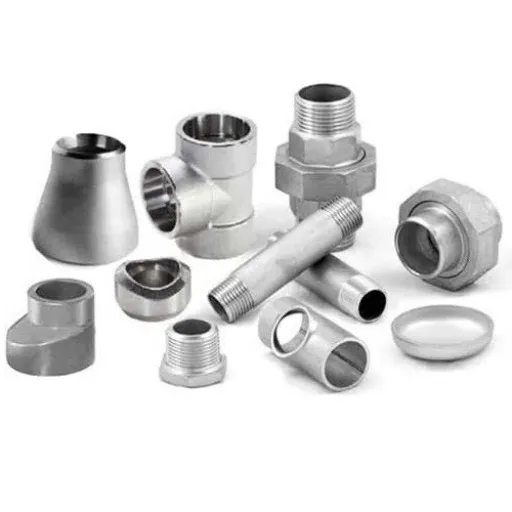
Strength and Corrosion Resistance vs. Other Materials
In terms of strength and performance in corrosive environments, stainless steel, irrespective of its production method, already holds a higher ground over other materials such as aluminum, carbon steel, and titanium. The tensile strength of forged stainless steel is remarkable, usually even exceeding 1000 MPa, thus, being the right material for those demanding applications that need high stress tolerance. On the contrary, aluminum’s tensile strength, which ranges from 200-600 MPa, is quite lower than that of stainless steel’s but it is still lighter. Nevertheless, while titanium has a similar strength-to-weight, high corrosion resistance in certain environments, the cost involved is still quite prohibitive considering large-scale applications.
Stainless steel’s most impressive quality is that it is ‘Stainless’, and this is a hard fact that is mainly due to the oxide layer of chromium that the stainless steel contains and that acts as a passive protector against rust and decay. For instance, the 316 grade stainless steel containing 16-18% chromium and 2-3% molybdenum is very well suited for marine-grade applications by undergoing seawater exposure far better than carbon steel which rapidly gets corroded in the same conditions. This property not only increases the lifespan of the material but also saves on maintenance throughout the years.
Cost Considerations and Material Selection
When choosing materials for industrial or commercial applications, cost plays a pivotal role alongside performance attributes. Stainless steel remains an economical option due to its durability and low maintenance requirements. The initial cost of stainless steel is usually more than that of other materials, still, its long life is always the reason why it becomes the most cost-efficient alternative finally. For instance, a recent study of the industry states that stainless steel outdoor usage can go up to 25 years with little or no deterioration at all, hence, saving the costs of replacement and repair.
The selection of the material is also governed by the specific application and the operating environment. Stainless steel has superior corrosion resistance especially when it is in a moist or chemical-laden environment or exposed to extreme temperatures. Such ability to endure tough conditions has made stainless steel a preferred choice in construction, transportation, and medical industries. A recent report shows that almost $111 billion of the worldwide stainless steel market size is because of its crucial role in such high-stress applications as bridges and medical implants.
Reference Sources
-
Grand View Research
Title: Stainless Steel Forgings Market Size & Share Report, 2030
Key Insights: This report highlights the growth of the stainless steel forgings market, driven by industries like automotive and construction. It provides data on market trends and applications.
Source Link -
IndustryARC
Title: Stainless Steel Forgings Market Share, Size and Industry
Key Insights: This source discusses the flourishing demand for stainless steel forgings in sectors such as oil & gas, emphasizing its industrial applications.
Source Link -
Ken Research
Title: USA Metal Forging Market Outlook to 2030
Key Insights: This report identifies key target audiences for forged stainless steel, including automotive, aerospace, and industrial equipment manufacturers.
Source Link
Frequently Asked Questions (FAQs)
What is forged stainless steel and how is it made?
Forged stainless steel is the stainless steel that by means of the forging process has been made and then through applying high pressure the metal. The method of forging enhances the mechanical properties of the metal, resulting in its imperviousness to breakages and lasting longer than the casted stainless steel. The forged steel not only gets its new shape but also its new structure (microstructure) that guides the flow of the metal grains and thus makes the metal tougher and more resistant to erosion.
What are the benefits of using forged stainless steel?
Forged stainless steel is one of the materials that offer many advantages. They are characterized by the very high strength and extended durability which are the main factors to their wide applicability in industrial sectors of the harshest requirements. The steel’s resistance to corrosion is a prime factor of the unforgiving environment and thus of its appeal as a material with a long life-cycle and reliability. What is more, thus forged steel parts can bear very high and very low temperatures and at the same time they possess significant toughness at regular temperatures, which makes them compatible with a wide range of industrial applications.
What types of stainless steel are commonly used in forging?
The three main types of stainless steel which are commonly used for forging are austenitic, martensitic, and ferritic stainless steel. Among them, austenitic stainless steel, for example, 304 stainless steel, is renowned for its great corrosion resistance and high plasticity, while martensitic stainless steel gives the characteristics of high strength and hardness. Ferritic stainless steel is also a choice for its good corrosion resistance and lower cost. The selection among these stainless steel grades is due to the particular requirements of the application in question and the forging operation specifications.
How does the forging temperature affect stainless steel?
The forging temperature is one of the critical factors that determine the mechanical properties of the stainless steel. Normally, the stainless steel is forged at such high temperatures, about 1,600°F to 2,200°F (870°C to 1,200°C). At these temperatures, the steel has a plastic-like quality and can be easily pressed into any required shape. The forging temperature has to be very accurately controlled so that the final product attains the desired Characteristics – such as microstructure, hardness, and toughness.

